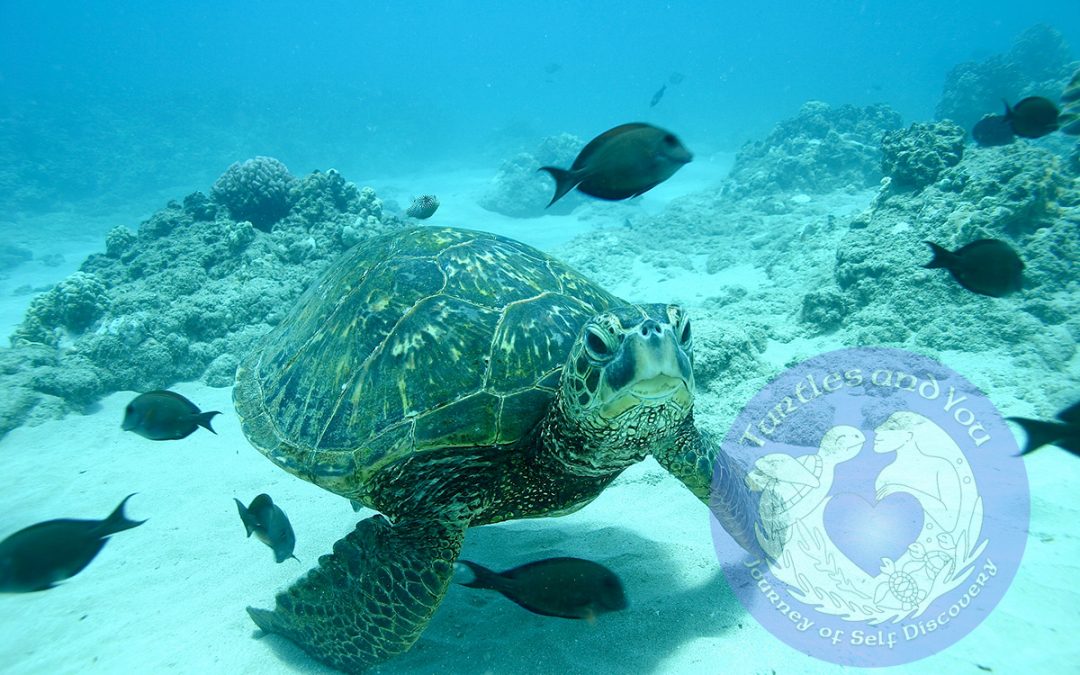What type of fish eat off of Sea Turtles shells?

Surgeonfish, often recognized for their vibrant colors and distinctive scalpel-like spines, play a crucial role in maintaining the health of coral reefs and the creatures that inhabit them. One fascinating aspect of their behavior is their interaction with sea turtles, particularly their inclination to feed on algae growing on the sea turtles’ shells. This unique ecological relationship benefits both species in various ways.
Sea turtles, while majestic and ancient creatures, can sometimes find themselves encumbered by algae growth on their shells. Algae can increase the hydrodynamic drag on sea turtles, making it more challenging for them to swim efficiently. When surgeonfish come to their rescue by nibbling away at the algae, the sea turtles experience a newfound sense of comfort and ease. It’s almost as if they are receiving a spa treatment, shedding their “algae coats” and regaining their sleek, streamlined form.
For the surgeonfish, the algae on sea turtles serves as a nutritious and easily accessible food source. By munching on the algae, surgeonfish contribute to the overall health of the coral reef ecosystem. This behavior not only aids the sea turtles but also helps maintain the balance of the reef’s ecosystem. The sea turtles, in turn, provide shelter and protection for the surgeonfish, creating a mutually beneficial relationship that exemplifies the interconnectedness of marine life.
As the surgeonfish meticulously clean the algae from the sea turtles’ shells, a sense of symbiosis emerges. The sea turtles often appear to tolerate the surgeonfish’s presence, and some even seem to relish the sensation of being cleaned. They may relax and allow the surgeonfish to do their work, which can be a rare moment of tranquility in the sea turtles’ sometimes tumultuous lives.

Furthermore, this interaction can have positive effects on the sea turtles’ overall well-being. By reducing the algae load on their shells, the sea turtles become more agile swimmers and may have an easier time finding food and evading predators. This improved mobility can be particularly crucial for young sea turtles, which may be more vulnerable to predation. Overall, the cleaner, healthier shells of sea turtles due to surgeonfish attention contribute to their longevity and reproductive success.
In conclusion, the surgeonfish’s role as algae-eaters for sea turtles illustrates the intricate web of interactions within marine ecosystems. The sea turtles benefit from cleaner shells and increased mobility, while the surgeonfish enjoy a convenient and nutritious meal. This mutualistic relationship not only highlights the adaptability of marine life but also underscores the importance of preserving these delicate ecosystems where such unique interactions thrive. It is a reminder of the beauty and complexity of the natural world beneath the waves.

